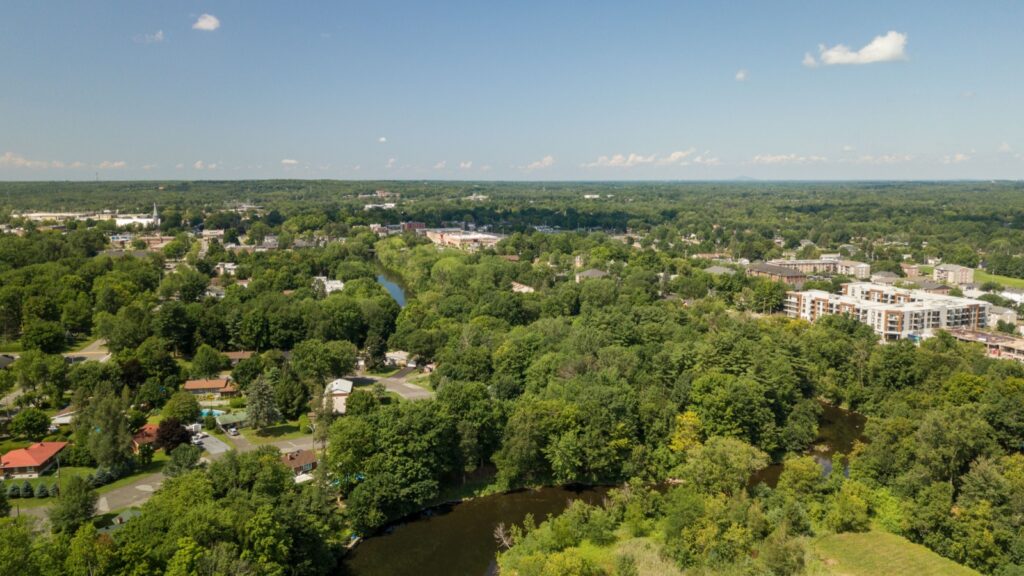Forget the skyscrapers and gridlocked commutes, as real quality of life is being redefined in Canadian communities where connection, sustainability, and balance take center stage. From coastal villages embracing slow living to urban neighborhoods doubling down on green space and inclusion, these places are proving that comfort isn’t about size, but about soul. Here are 22 Canadian communities redefining quality of life:
Nelson, British Columbia
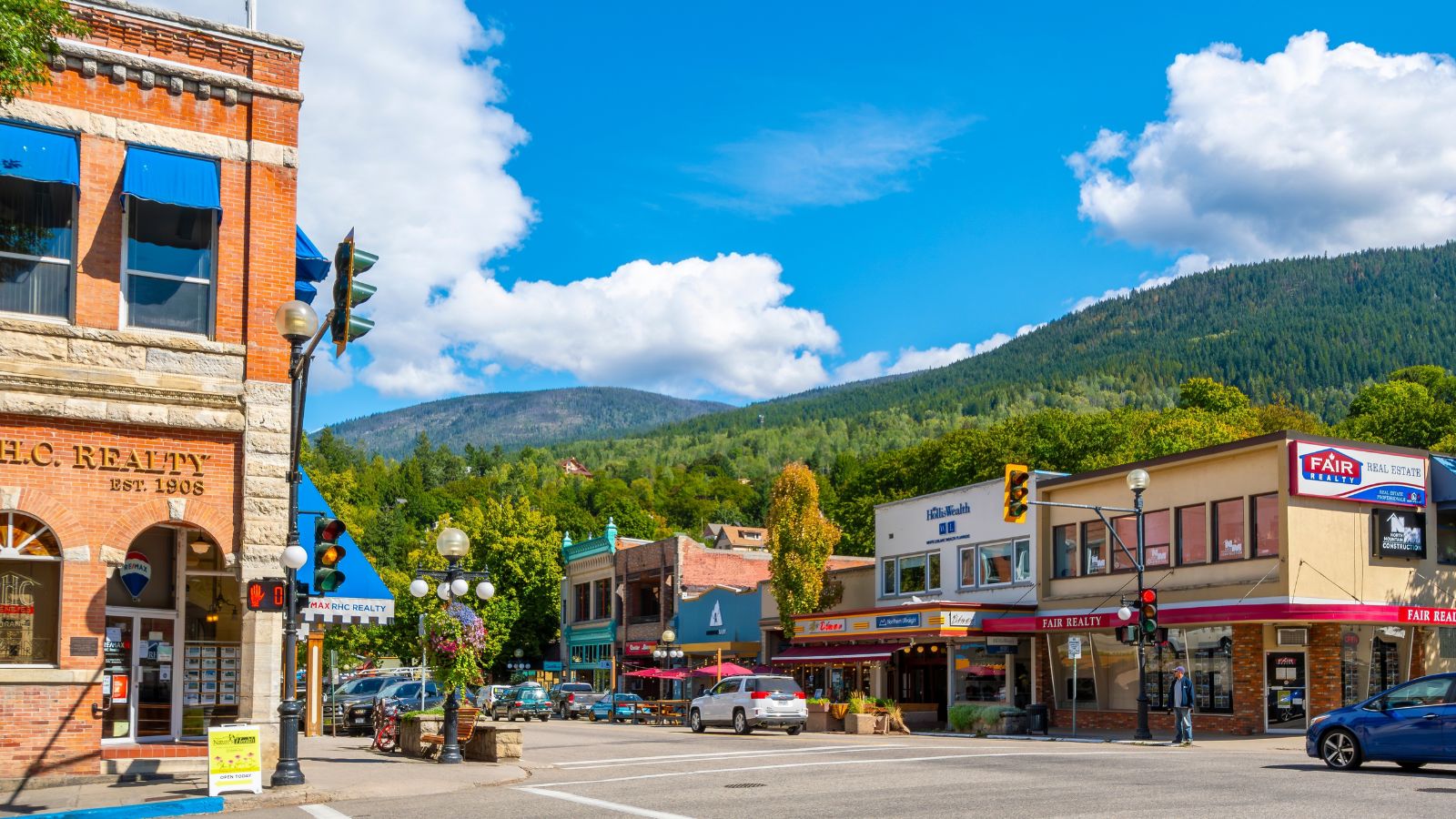
In the Selkirk Mountains, Nelson punches well above its weight when it comes to livability. With a vibrant arts scene, heritage downtown, and a strong local economy fueled by entrepreneurs and remote workers, this small city feels anything but sleepy. Residents rave about its community-centered approach to sustainability and the accessibility of outdoor adventure, while the locally owned cafés, co-ops, and a city plan that prioritizes walkability offer a model for future living.
Lunenburg, Nova Scotia
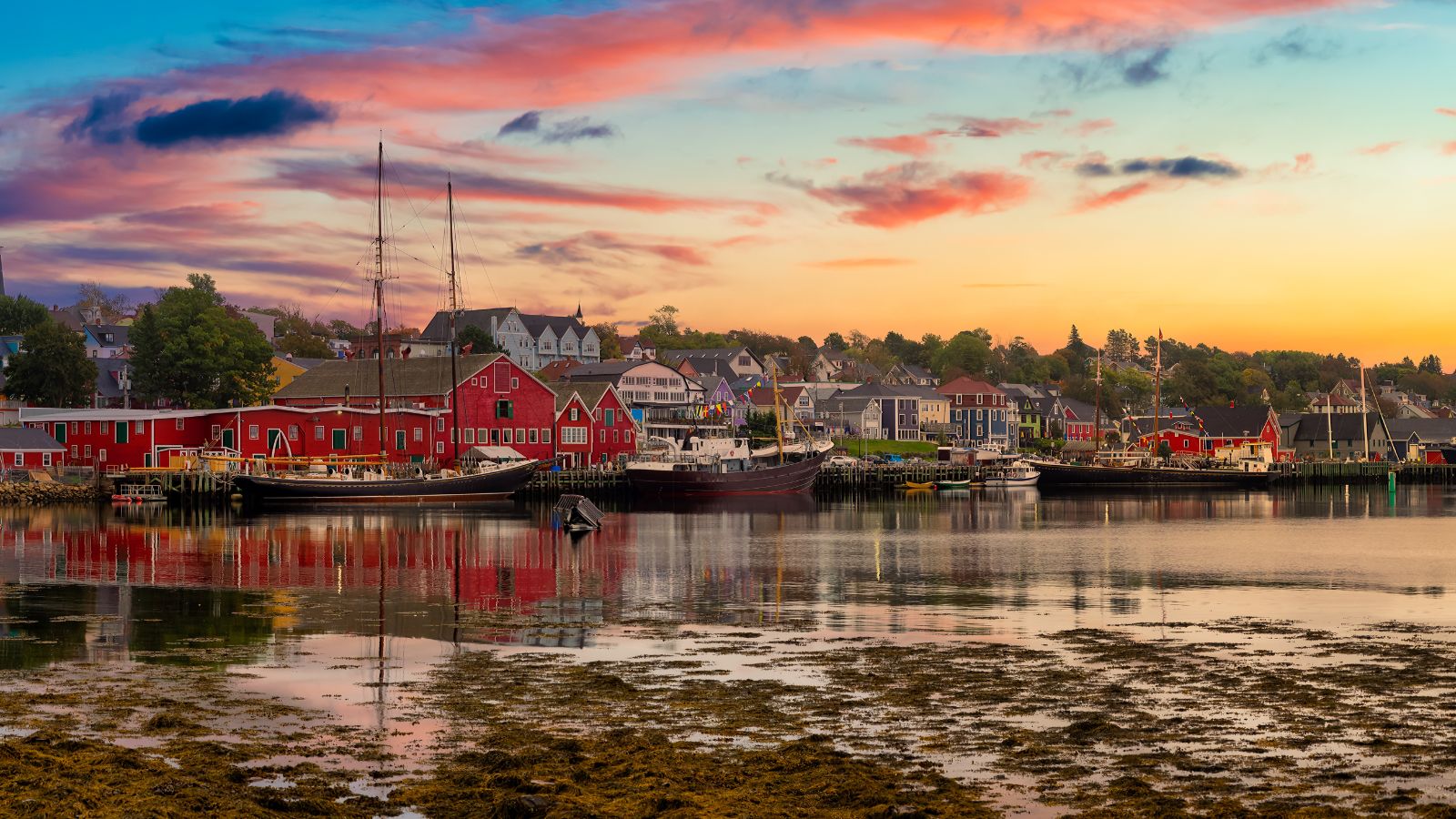
This UNESCO World Heritage site isn’t just for history buffs, but it is for anyone chasing coastal serenity with a tight-knit community feel. Lunenburg offers picturesque harbor views, fresh seafood straight off the boat, and a deep sense of pride in preserving both its culture and environment. Locals benefit from a growing number of social enterprises, artists’ studios, and sustainable tourism models that protect the town’s charm while keeping the economy resilient. Whether you’re walking along the waterfront or chatting with shopkeepers who know you by name, it’s easy to feel that life here runs on human connection, not the clock.
Canmore, Alberta
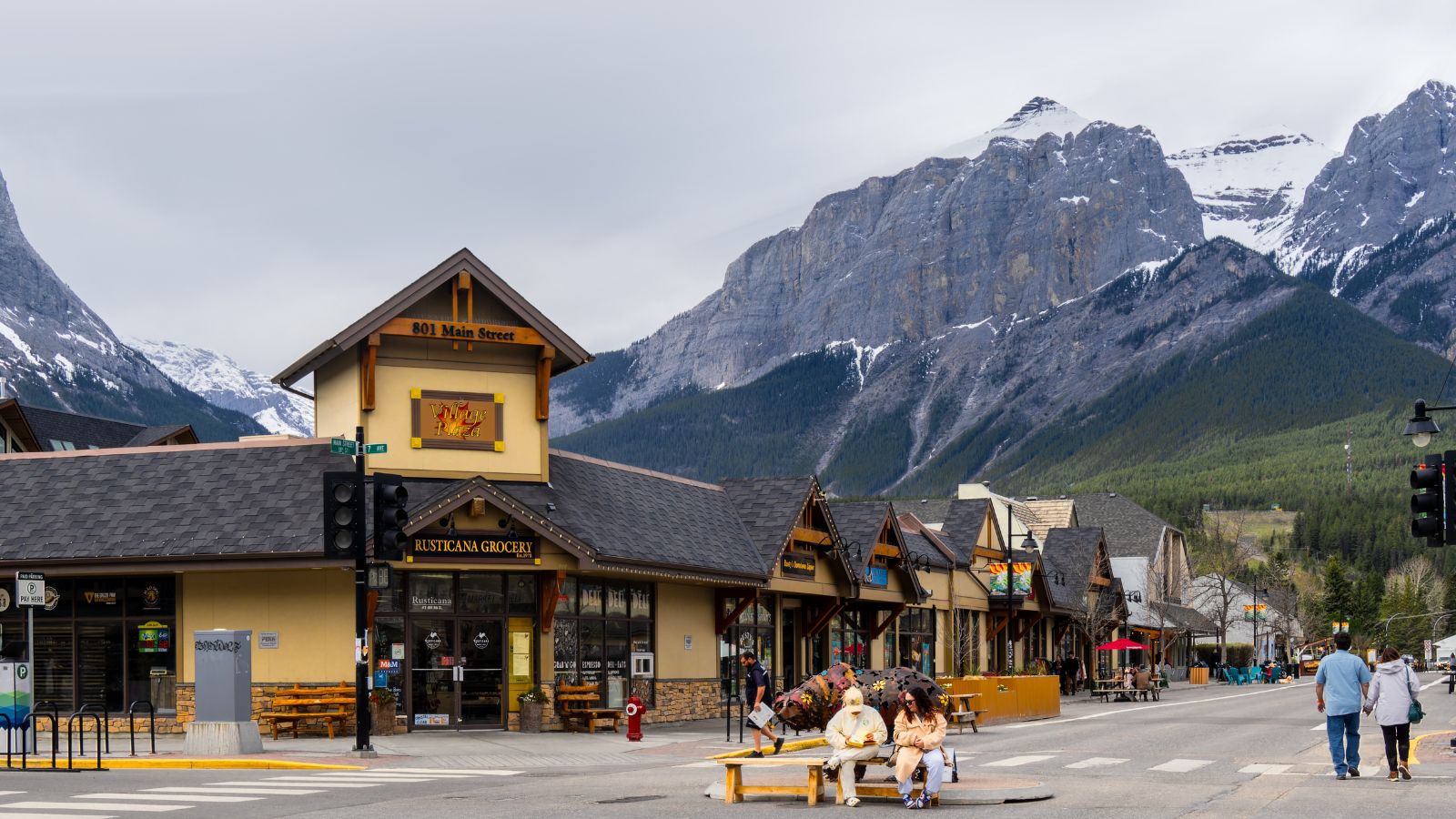
Once a sleepy mining town, Canmore has transformed into one of Canada’s most livable small towns without losing its character. Tucked in the Rockies but less commercial than nearby Banff, Canmore attracts adventurers, artists, and entrepreneurs alike. Its mix of high-end amenities, sustainable development, and stunning natural surroundings creates a unique lifestyle balance. Locals benefit from strong health services, progressive urban planning, and one of the most active communities in Canada.
Stratford, Ontario
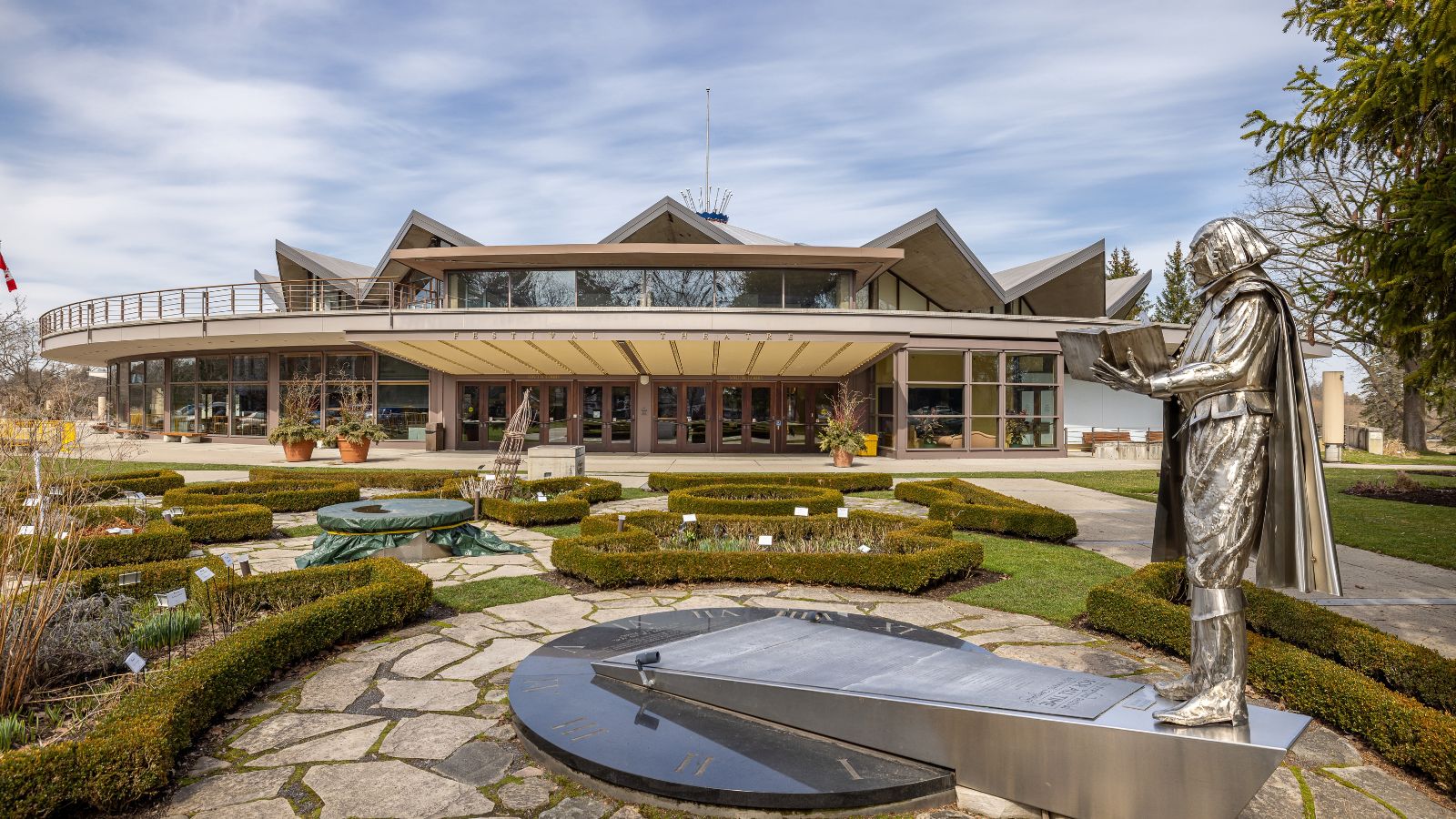
Best known for its theater scene, Stratford is also making waves for its commitment to quality living. Beyond the Stratford Festival, the town offers walkable streets, excellent schools, and community-run food programs that strengthen local resilience. Affordable housing initiatives and sustainability projects are reshaping how small Ontario towns evolve. Stratford has made digital infrastructure a priority, attracting remote workers and tech startups looking for big-city opportunities in a small-town setting. Add in a culinary scene that thrives on local farms, and you’ve got a place where tradition and innovation live side by side.
Whitehorse, Yukon

Whitehorse might be remote, but its quality of life is anything but rugged. With a lively arts community, surprisingly strong culinary options, and unparalleled access to nature, residents enjoy a work-life balance that city dwellers can only dream of. The city invests heavily in community health, Indigenous partnerships, and sustainable growth, and there is a strong focus on mental wellness, outdoor recreation, and local business support. Whether it’s biking along the Yukon River or joining a community storytelling night, Whitehorse fosters a lifestyle where wellbeing is built into the daily rhythm of life.
Sackville, New Brunswick
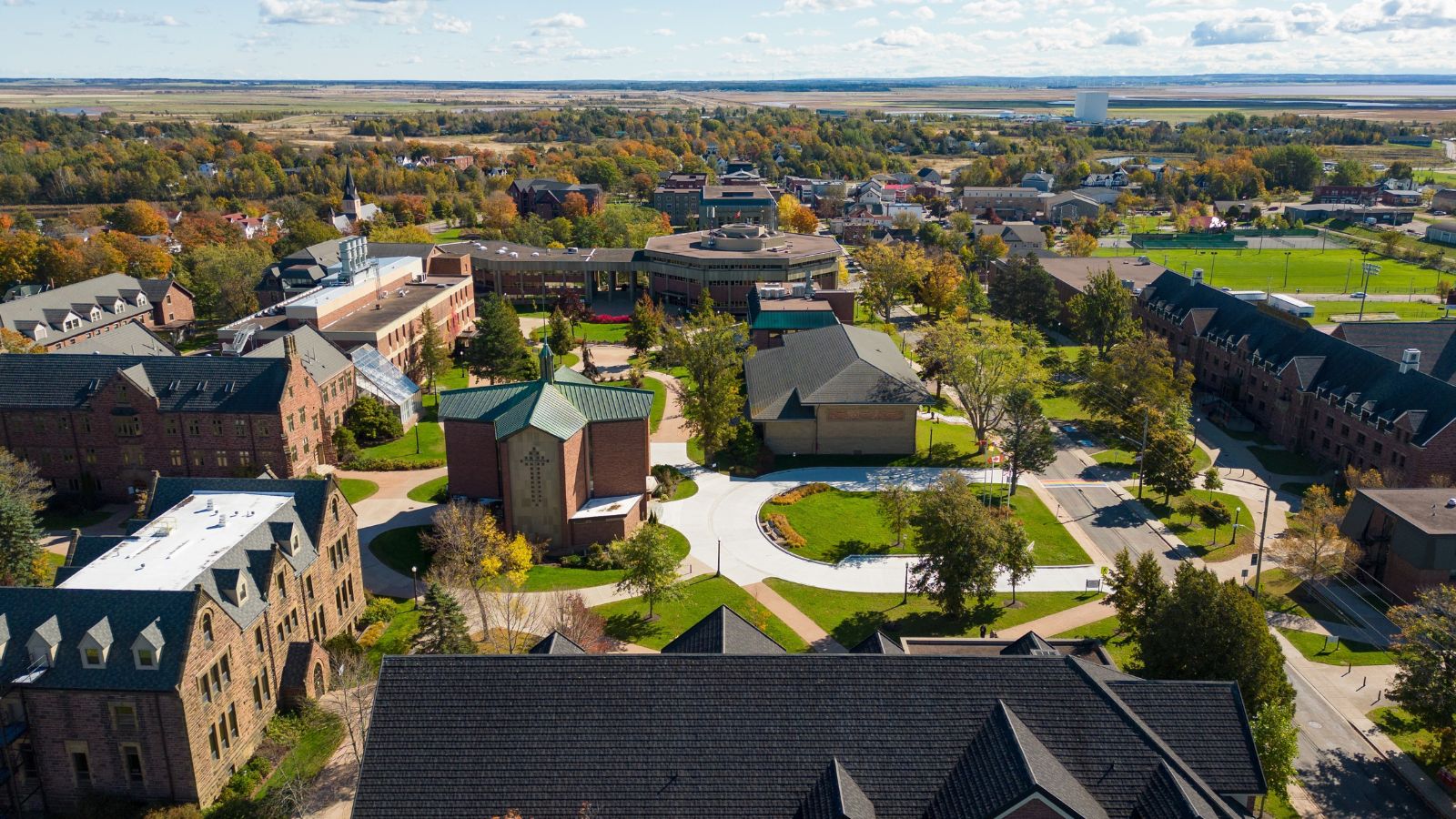
Home to Mount Allison University, Sackville may be small, but it is an intellectual and artistic powerhouse. With walkable streets, a dynamic arts scene, and a deep commitment to environmental preservation, this town punches far above its weight in livability. Residents enjoy access to public green spaces, strong social programs, and events that bring everyone from students to seniors together. Sackville also leads in community gardening and green building initiatives, and it is a place where neighbors know each other by name, and local government listens.
Tofino, British Columbia
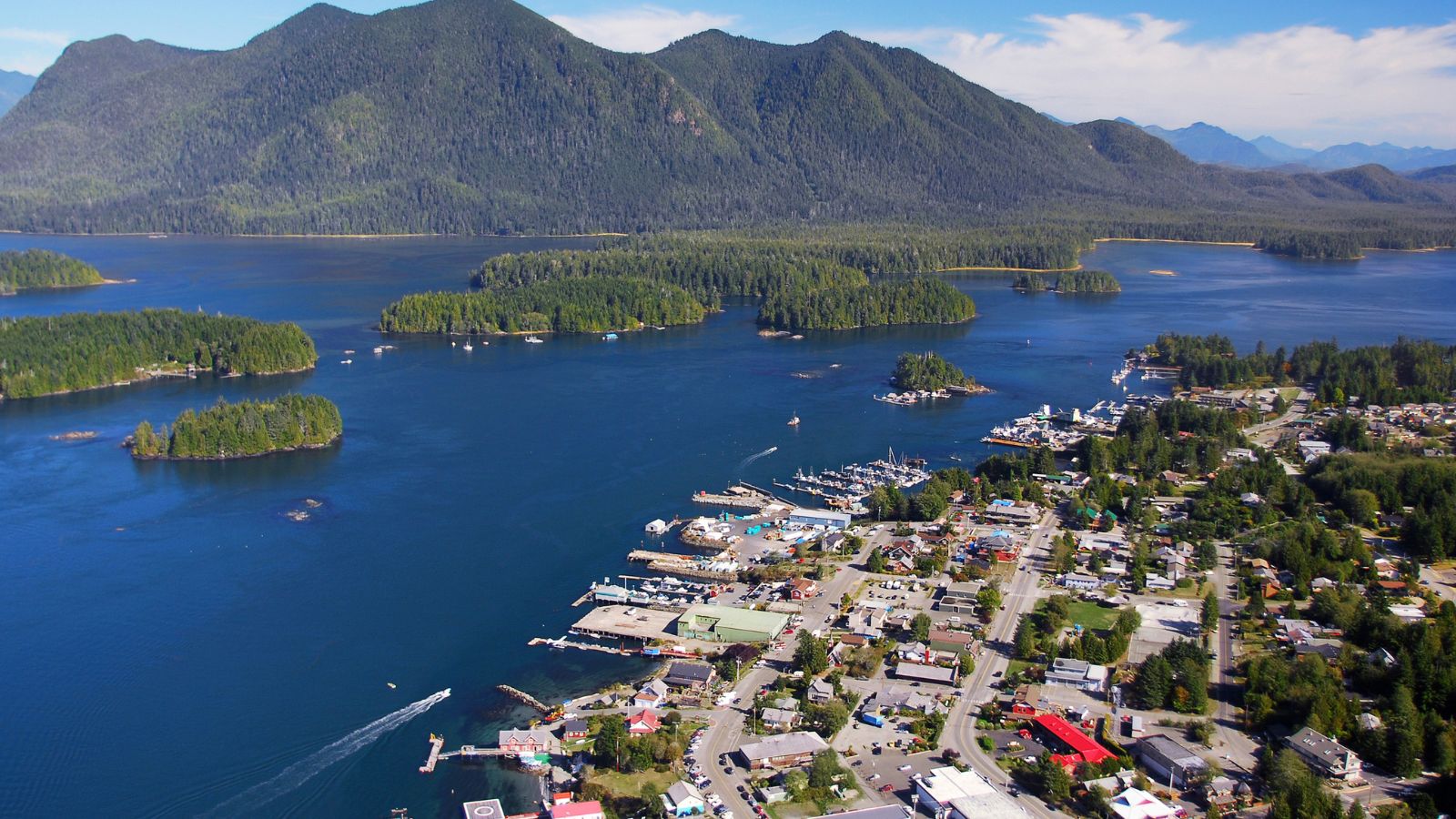
Once a hidden gem for surfers, Tofino is now a model of how a small town can evolve without compromising its values. Located on Vancouver Island’s rugged west coast, this community has made sustainable tourism and Indigenous-led conservation central to its identity. The emphasis on local food, renewable energy, and mental well-being makes it more than a travel destination, but also a livable, conscious community. Residents enjoy a slower pace, stunning views, and a strong sense of stewardship for land and culture.
St. Albert, Alberta

Just outside Edmonton, St. Albert has become one of Alberta’s most desirable places to live, thanks to its focus on family life, green space, and community-driven planning. The city boasts more than 100 parks and a massive trail system, along with high-quality schools and inclusive cultural programming. Residents benefit from proactive mental health services, well-funded libraries, and a vibrant farmers’ market that supports local producers. With an eye on long-term livability rather than short-term growth, St. Albert is proving that suburbs don’t have to sacrifice quality for convenience.
Cowansville, Quebec
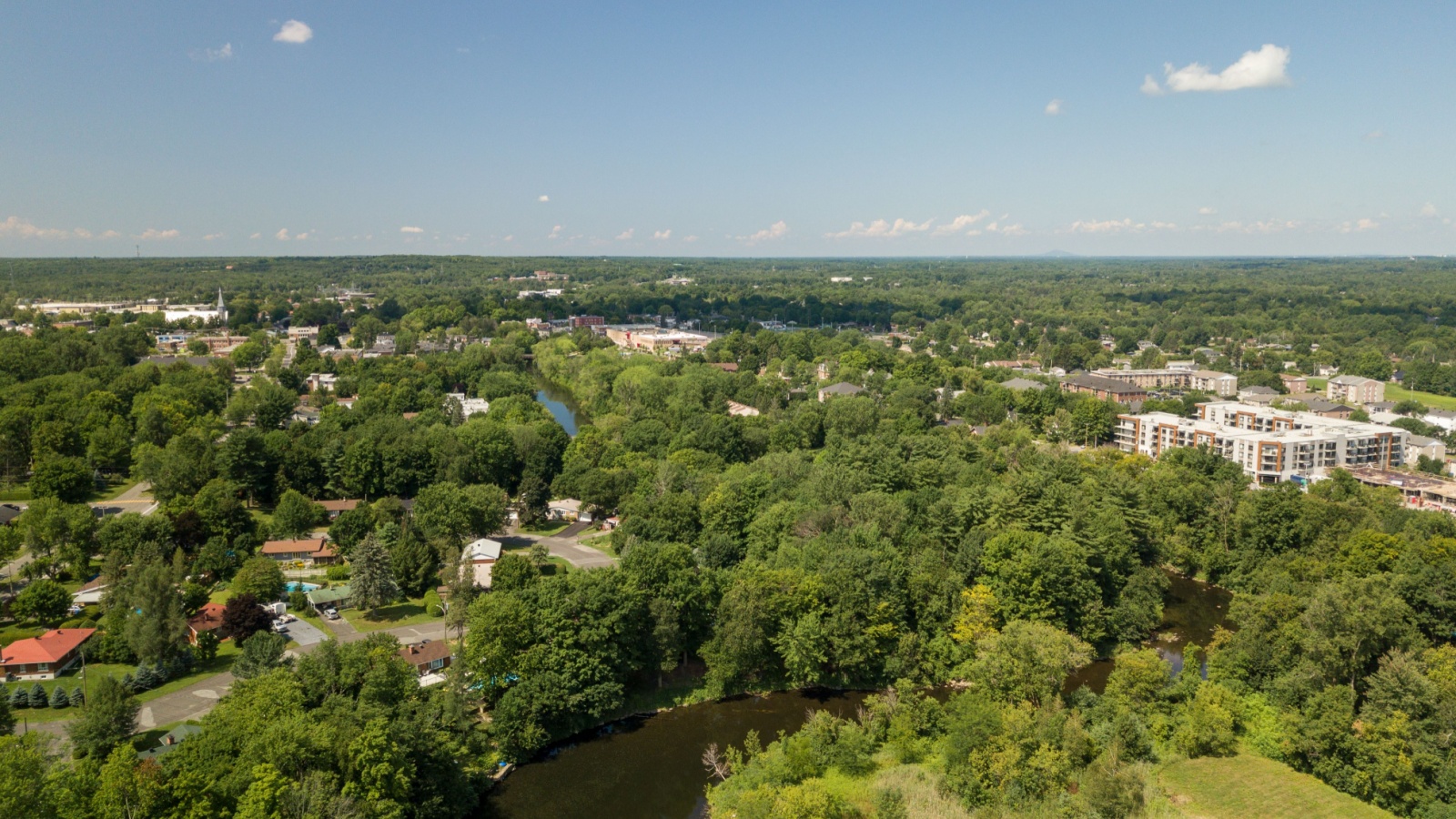
In the heart of Quebec’s Eastern Townships, Cowansville is proving that rural doesn’t mean remote. The town has revitalized itself through thoughtful urban planning, a thriving arts community, and accessible health and social services. Residents enjoy bilingual services, a strong cycling culture, and proximity to some of Quebec’s best hiking trails. Local initiatives focus on mental wellness, affordable housing, and sustainable living, making it attractive for both young families and retirees.
Kingston, Ontario
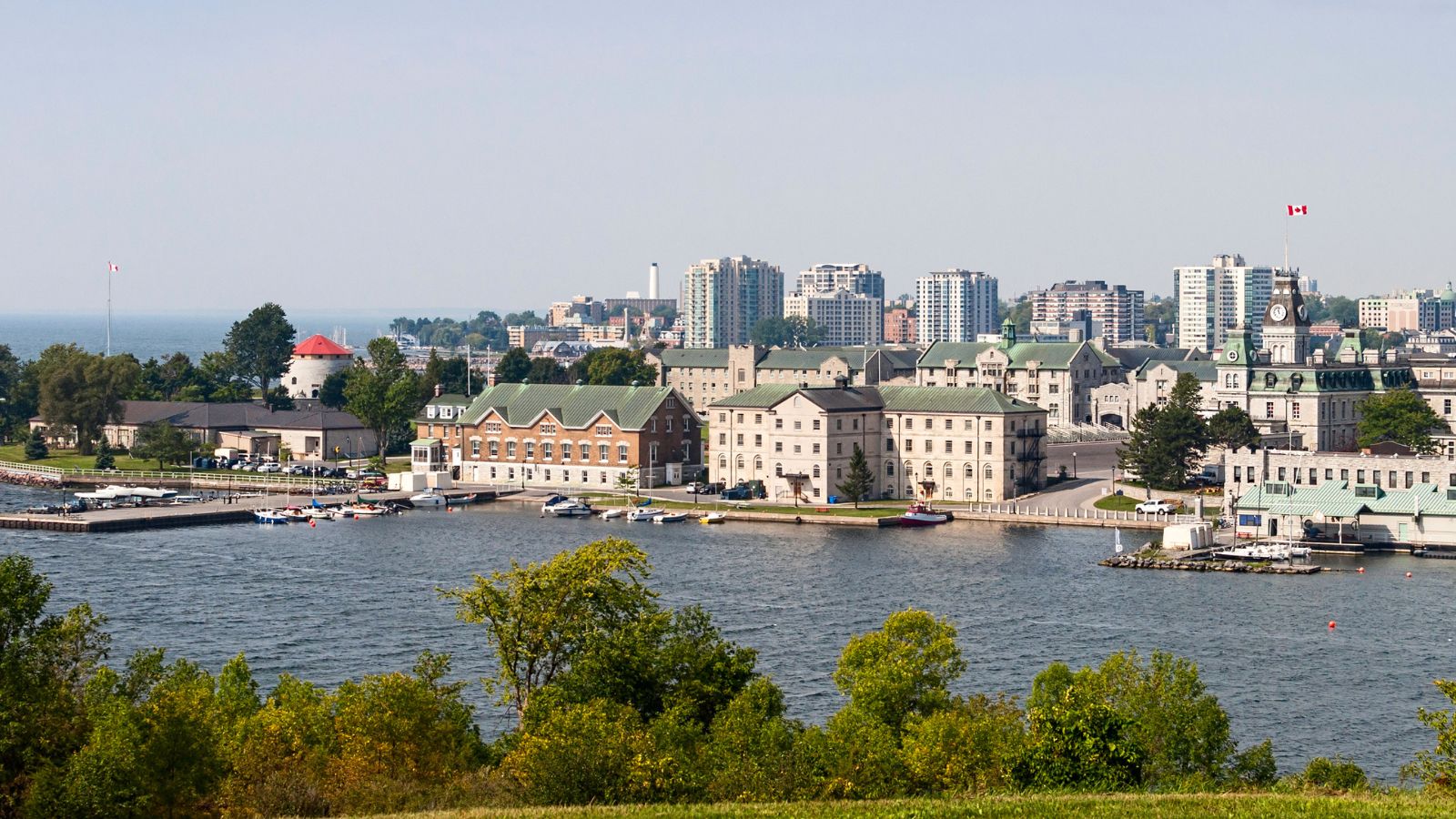
Often overshadowed by Toronto or Ottawa, Kingston quietly offers one of the best-balanced lifestyles in Ontario. Home to Queen’s University and a vibrant waterfront, this mid-sized city has invested heavily in transit, healthcare, and heritage preservation. The city prioritizes community health with programs targeting food security, homelessness, and green infrastructure. The walkable downtown, thriving arts scene, and bike-friendly streets create a sense of ease rarely found in urban centers. Add in a growing tech sector and abundant historic charm, and Kingston becomes a compelling case study for what a forward-thinking Canadian city can look like.
Bridgewater, Nova Scotia
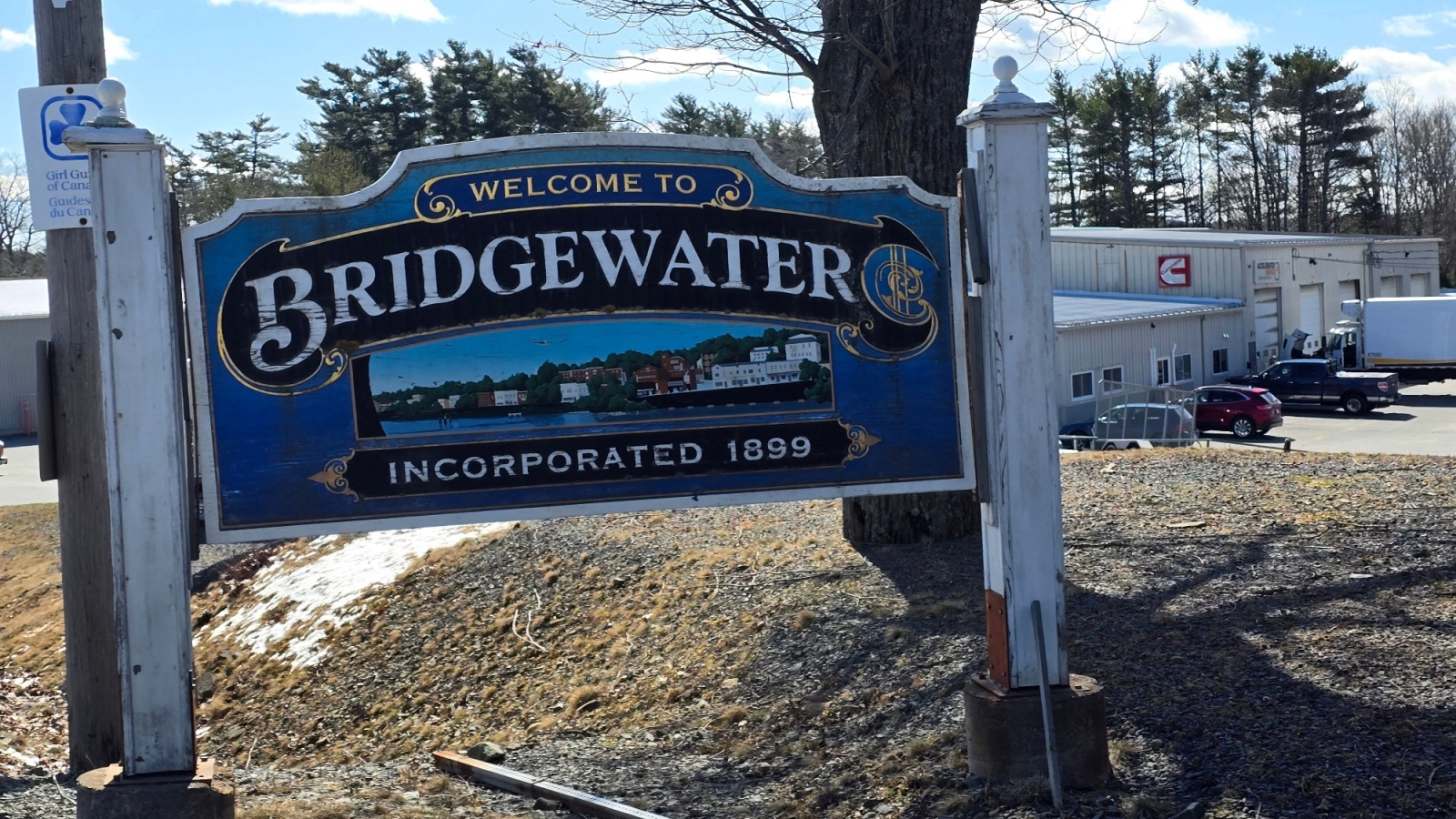
Bridgewater is taking a bold stand against energy poverty with a $5 million investment through Canada’s Smart Cities Challenge. The town plans to retrofit over 1,000 low-income homes with energy-efficient upgrades, deploy smart monitoring, and launch a self-funded retrofit financing program. Add transit improvements and clean-tech training to the mix, and you’ve got a community targeting both environmental and social equity, lifting 20% of residents out of energy poverty by 2028.
Rimouski, Quebec
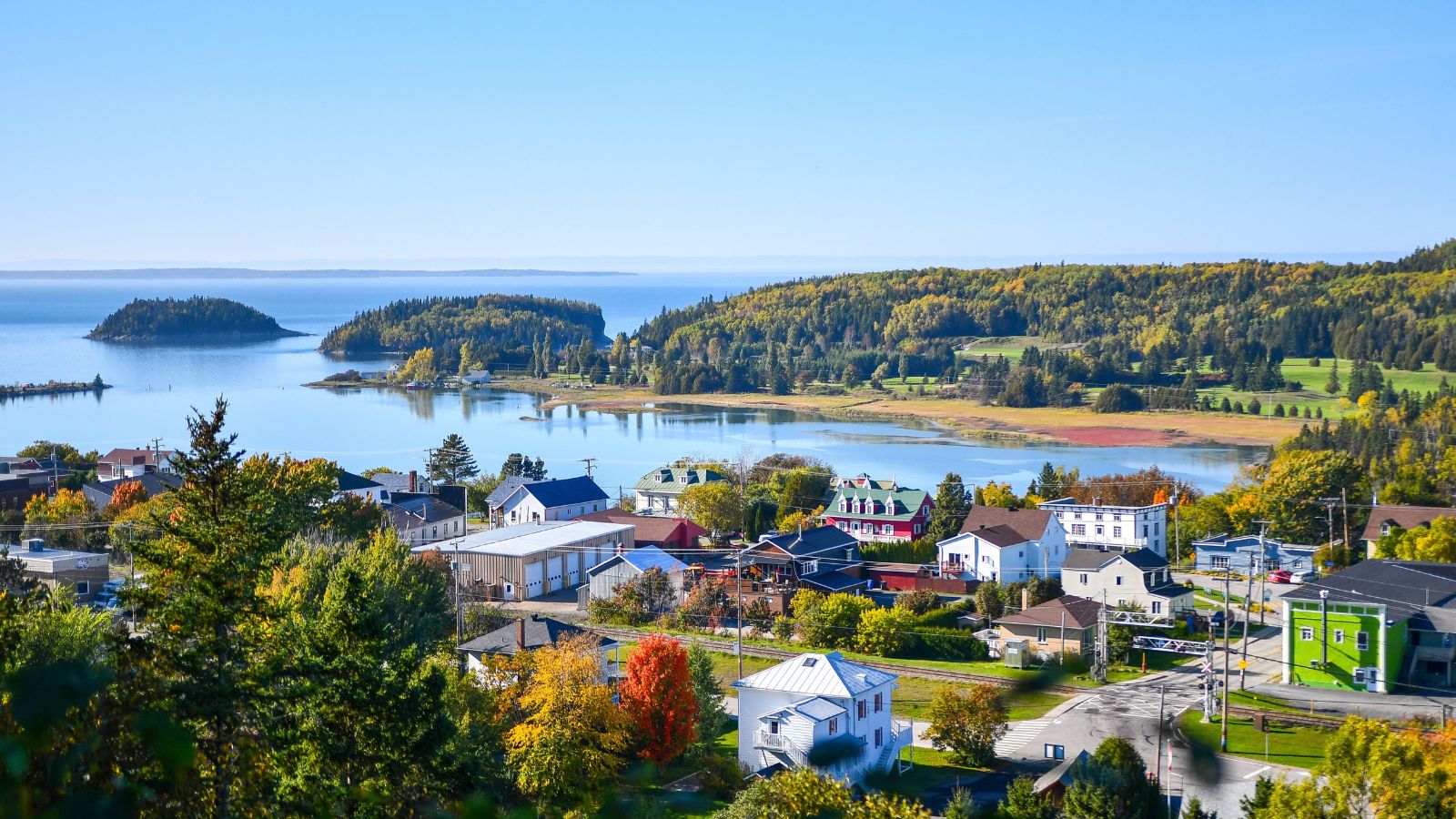
Situated along the St. Lawrence River, Rimouski is quietly becoming a leader in sustainable small-city planning. The city is advancing shoreline protection projects, improving local food security, managing waste proactively, and upgrading public transit, all grounded in municipal support for environmental education. By encouraging eco-awareness across schools and public spaces, Rimouski fosters civic pride and environmental responsibility, as it offers an example of how mid-sized towns can bolster quality of life and climate preparedness.
Fredericton, New Brunswick (Tiny Home Village)
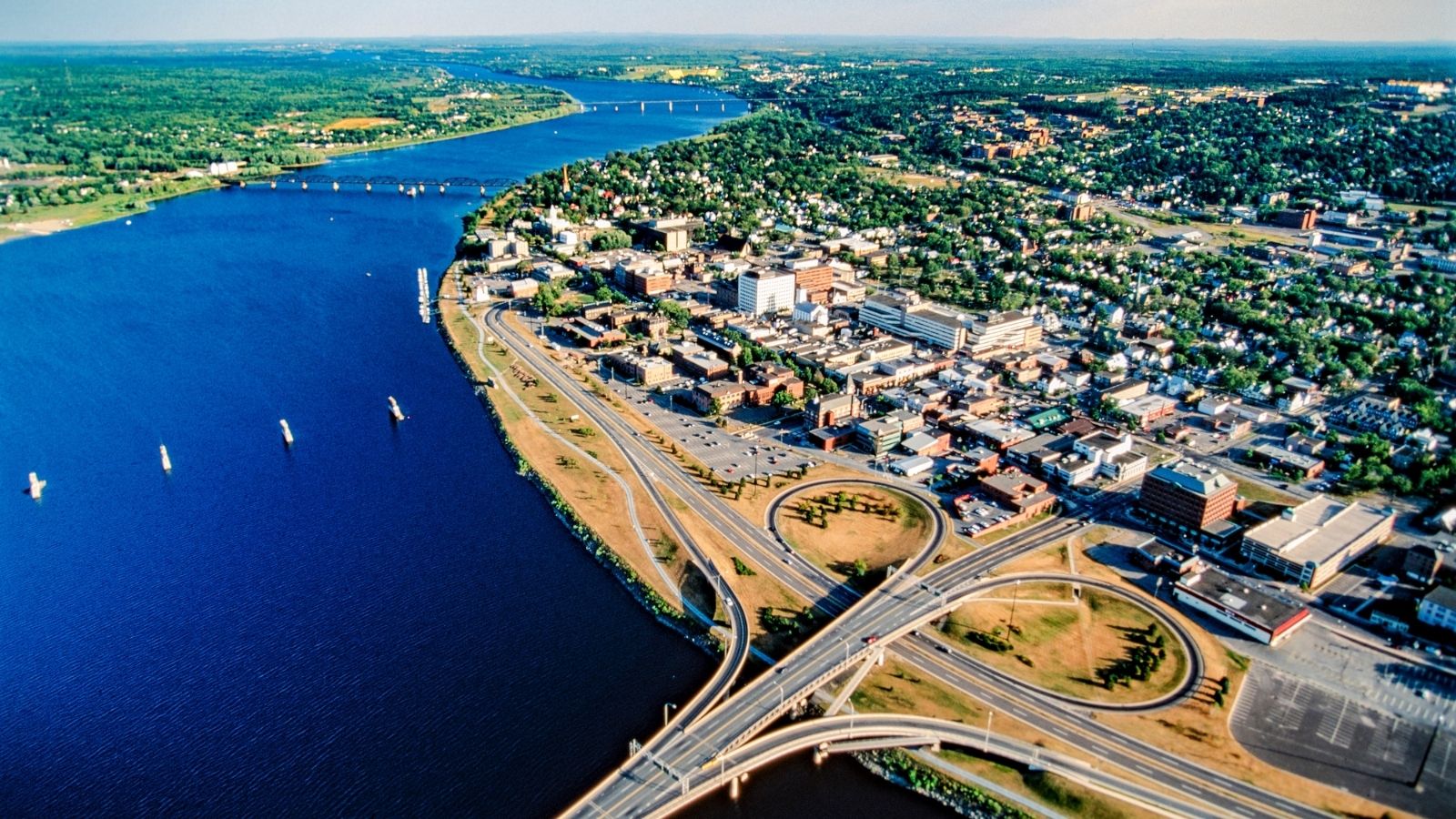
Fredericton is demonstrating innovation in housing with the 12 Neighbours project, a gated tiny home village for those experiencing homelessness. Constructed at a remarkable pace of one house per week, 96 fully equipped homes now offer affordable, stable living at just 30% of residents’ income. The project includes plans for a café and community center, providing purpose and dignity to its residents. It provides a living example of how affordable housing, community integration, and rapid delivery can reshape small-town life for the better.
Baie-Saint-Paul, Quebec
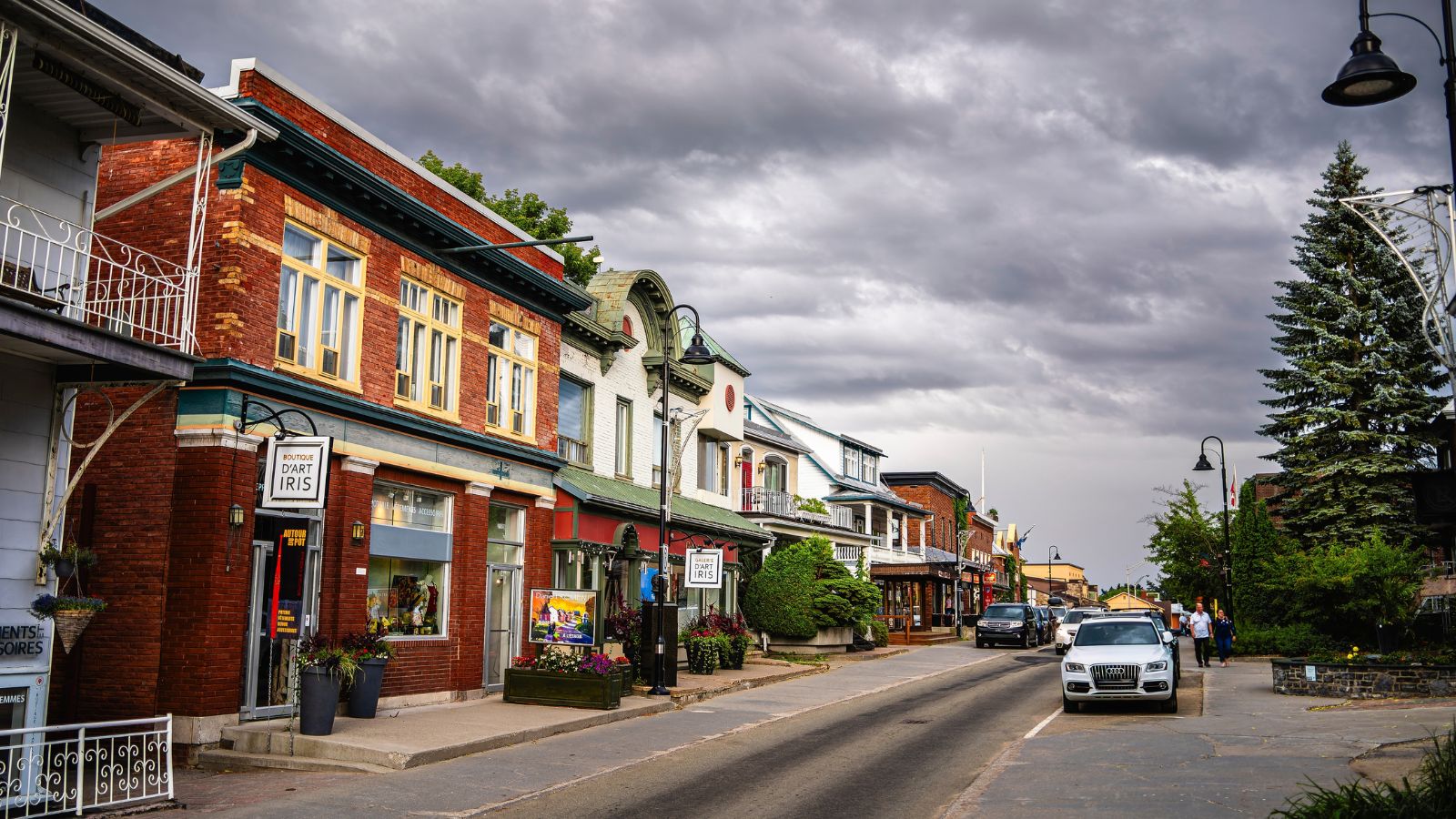
Nestled along the St. Lawrence River, Baie-Saint-Paul has long been known for its painters and artisans, but it has also become a leader in sustainable rural living. The town promotes environmental stewardship through zero-waste initiatives, community farming, and accessible public transit, even in a remote setting. Mental health and wellness programs are deeply embedded in schools and seniors’ centers, while the tight-knit population supports a thriving volunteer culture. Baie-Saint-Paul proves that small communities can think big when it comes to redefining the good life rooted in nature, creativity, and collective well-being.
Wolfville, Nova Scotia
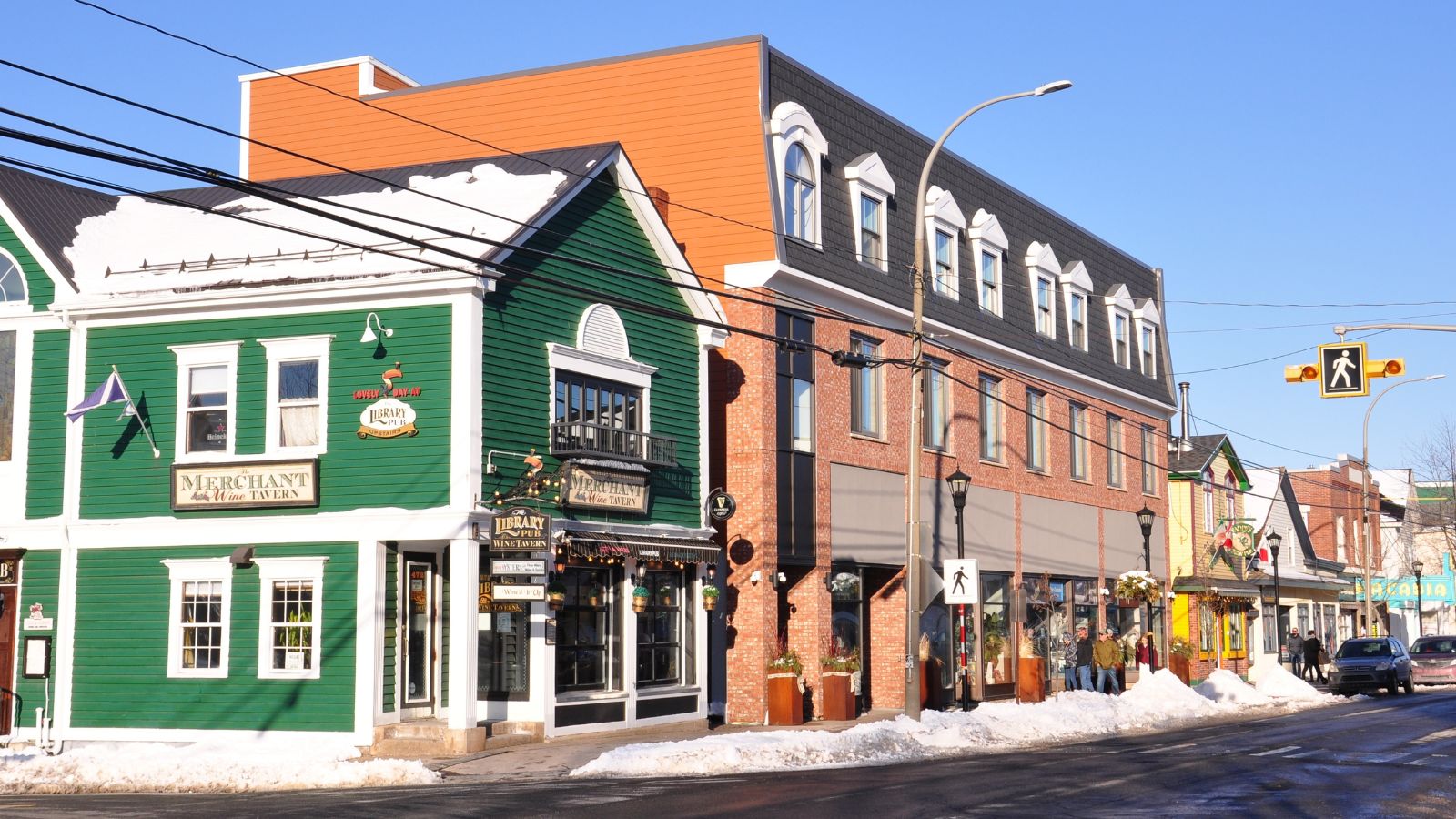
Wolfville may be best known as home to Acadia University, but it is also one of Atlantic Canada’s most livable towns. A leader in sustainability, it was one of the first municipalities in the region to declare a climate emergency and back it with policy. Residents benefit from a walkable downtown, robust mental health support, and food access programs that bring farm-fresh goods into every household. Community arts, wellness festivals, and intergenerational housing are just part of the social infrastructure. Wolfville continues to build a good quality of life into every level of planning and public engagement.
Guelph, Ontario
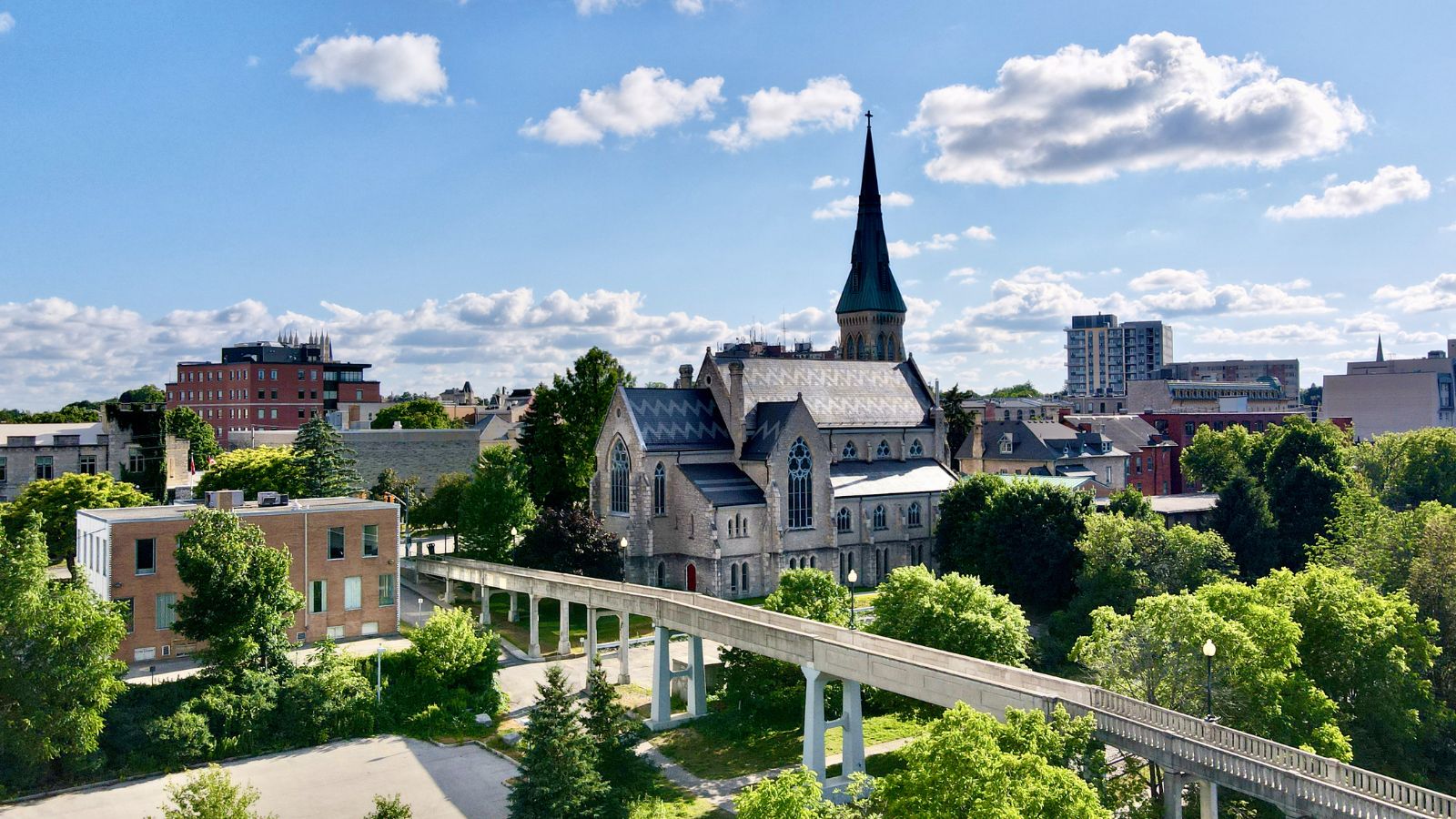
Guelph consistently ranks as one of Canada’s most livable cities, and for good reason. With a strong focus on green infrastructure, food security, and mental health services, this mid-sized city punches well above its weight in progressive policy. It is home to Canada’s first circular food economy pilot and features abundant green space, extensive bike paths, and a deep commitment to community engagement. Public health initiatives, smart water use, and a thriving arts and innovation sector contribute to a well-rounded quality of life.
Saint Andrews, New Brunswick
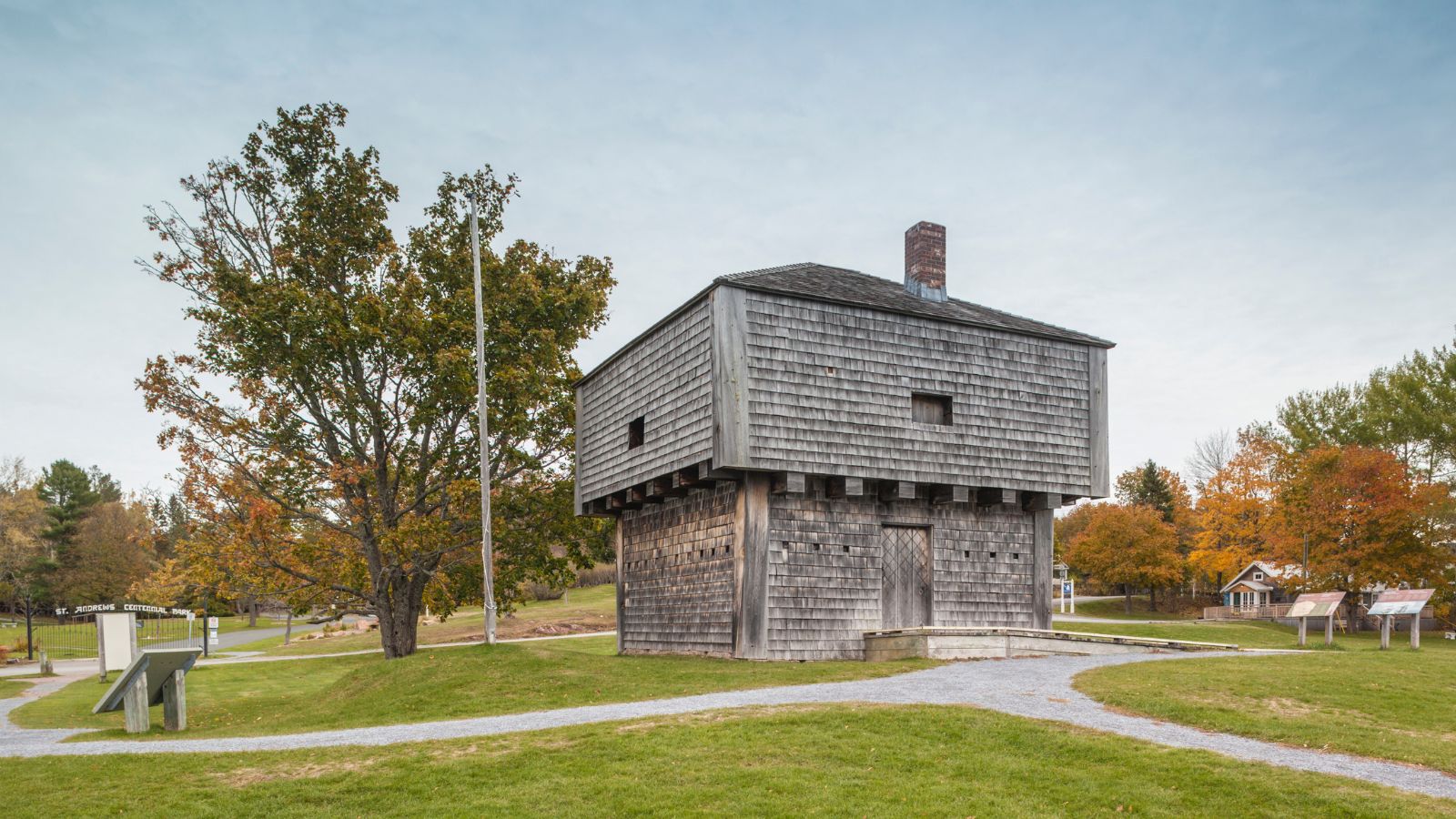
With its rich maritime history and stunning coastal views, Saint Andrews might seem like a sleepy tourist town, but it is also a quiet leader in small-town resilience. Residents benefit from well-supported healthcare services, mental wellness programs for youth and seniors, and a strong culture of volunteerism. The town prioritizes environmental stewardship through shoreline conservation and renewable energy planning. Local schools and businesses collaborate on sustainability and food education, strengthening the community fabric.
Mont-Tremblant, Quebec
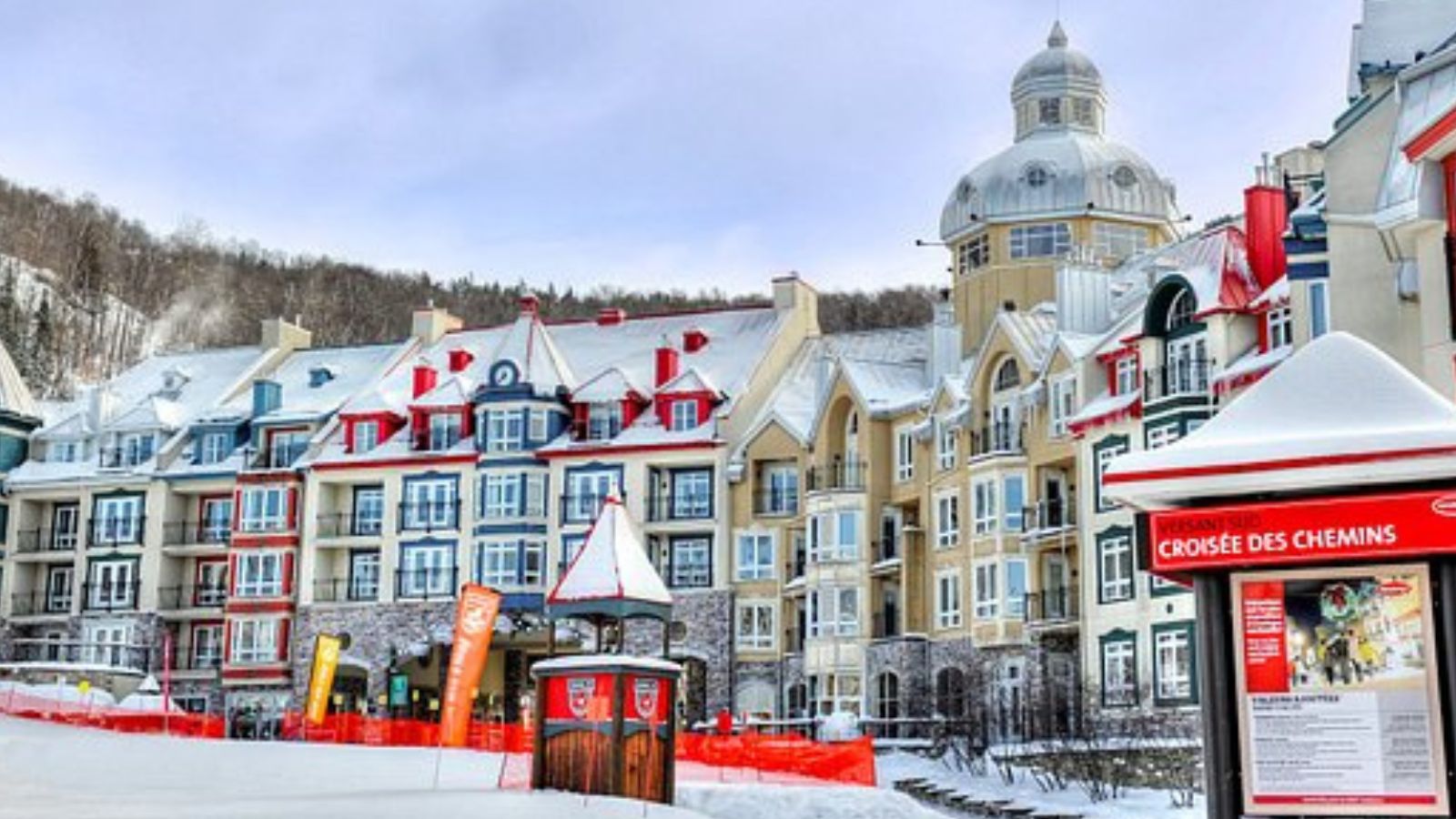
Best known for its ski resort, Mont-Tremblant is building a name for itself as a lifestyle-driven, all-season community that values well-being as much as tourism. Residents enjoy exceptional access to nature, comprehensive fitness and recreation facilities, and locally driven mental health initiatives. The town supports year-round employment, green building codes, and integrated transit for residents, not just visitors, while the community events, cultural programming, and family services make it a place where people put down roots. Mont-Tremblant shows that resort towns don’t have to cater only to tourists, but they can also invest in the long-term happiness of its residents.
Duncan, British Columbia
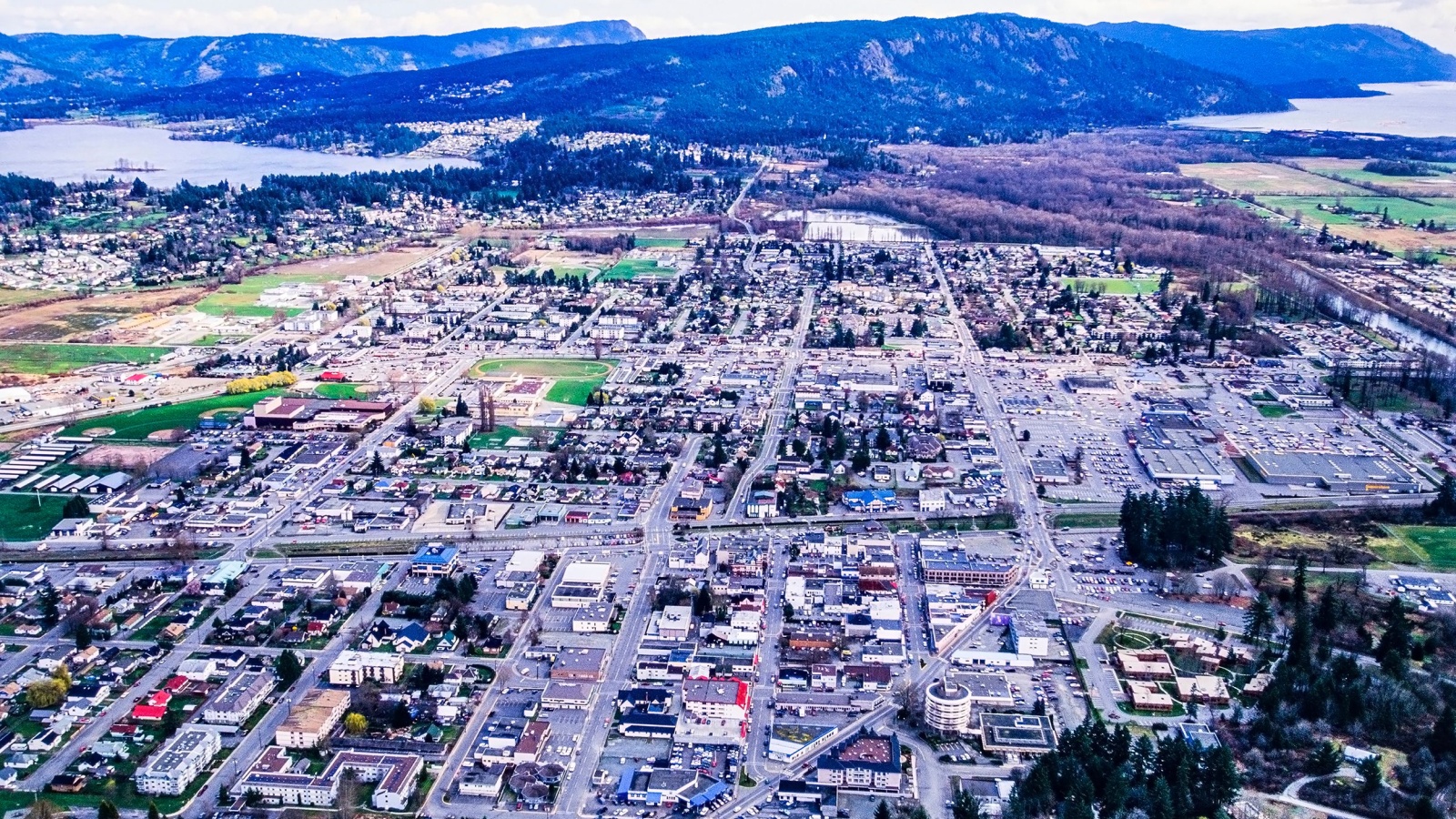
Located in the Cowichan Valley, Duncan is showing how small cities can punch above their weight when it comes to livability. Known for its Indigenous heritage and rich agricultural surroundings, Duncan has embraced food security, affordable housing, and cultural preservation as central pillars of community life, while initiatives like the Cowichan Green Community and active collaboration with First Nations have made the town a hub for sustainability and reconciliation. With a walkable downtown, robust public transit, and access to holistic health services, Duncan demonstrates that community resilience and quality of life go hand-in-hand in Canada’s smaller urban centers.
Okotoks, Alberta
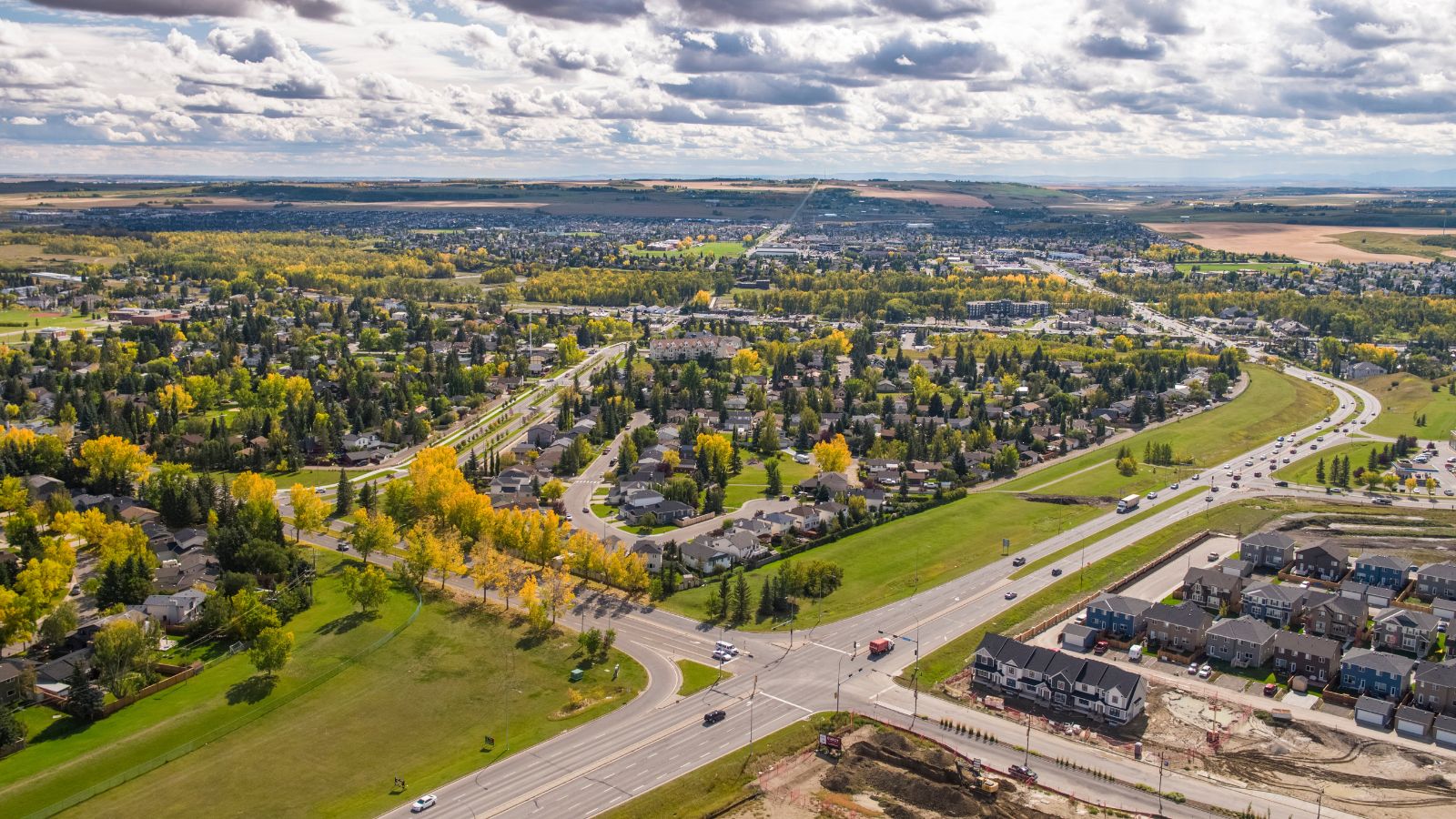
Okotoks is home to the Drake Landing Solar Community, the first residential subdivision in North America heated entirely by a solar thermal district energy system. Fifty-two homes use rooftop solar collectors linked to underground thermal storage, supplying year-round heating with minimal fossil fuel use. This innovative blend of sustainable design and community planning results in lower emissions and reduced utility costs. Located just south of Calgary, Okotoks shows how small towns can pioneer scalable, low-carbon energy systems, making green living practical, affordable, and exceptionally livable.
Mahone Bay, Nova Scotia

This picture-perfect coastal town is doing more than attracting tourists, as it is redefining rural livability through sustainability and social cohesion. Mahone Bay has committed to becoming one of the first net-zero communities in Atlantic Canada, with a municipal-owned electric utility that invests in renewable energy. Locals benefit from walkable streets, strong healthcare access, and community-supported arts and education. With farmers’ markets, heritage festivals, and widespread civic engagement, Mahone Bay fosters a quality of life built on trust, environmental awareness, and deep local pride.
Banff, Alberta
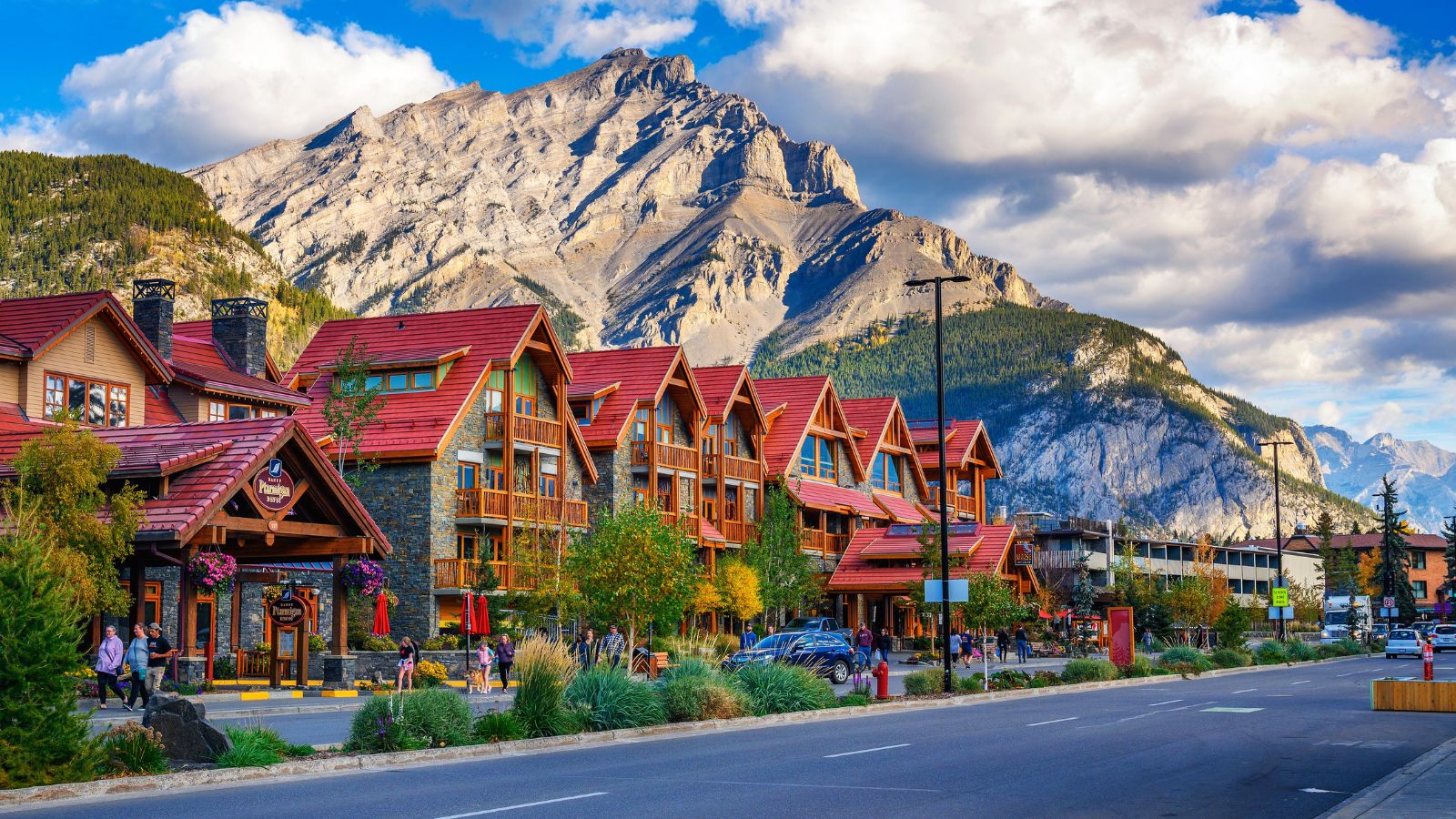
While Banff is famous for its tourism, it is also one of Canada’s boldest experiments in balancing economic vitality with resident well-being. Strict development limits protect the town’s natural surroundings, while residents benefit from subsidized housing, wellness programs, and climate resilience planning. Banff’s Community Housing Strategy and public transit initiatives prioritize people over cars, and its Indigenous reconciliation work brings meaningful cultural integration. Outdoor recreation isn’t just for visitors, but also a way of life for locals, supported by accessible parks and year-round programming.
21 Products Canadians Should Stockpile Before Tariffs Hit

If trade tensions escalate between Canada and the U.S., everyday essentials can suddenly disappear or skyrocket in price. Products like pantry basics and tech must-haves that depend on are deeply tied to cross-border supply chains and are likely to face various kinds of disruptions
21 Products Canadians Should Stockpile Before Tariffs Hit
